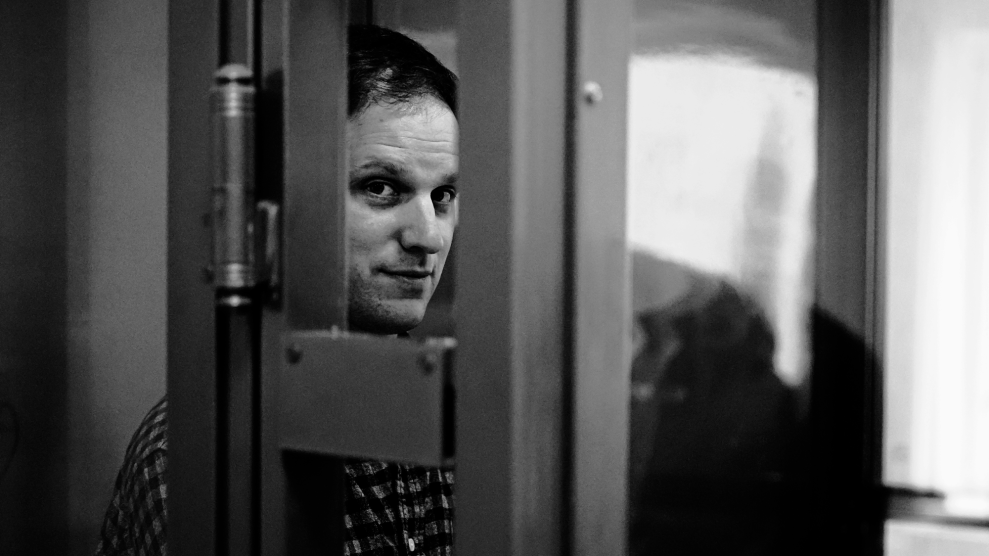Super Chief Nick Kurzon. 75 minutes. Films Transit International, 1999. This documentary limns the efforts of activists on the White Earth reservation to oust “Super Chief” Darrell Wadena, who for years has skimmed casino profits and ruled the Minnesota reservation like a Mafia don. The concept of a little-Cosa-Nostra-on-the-prairie is fascinating, but the film’s primary value is its portrait of modern reservation life. Outsiders will be quickly disabused of any quaint notion of unity among these tribe members as White Earth residents bicker, backstab, and accuse one another of crookedness that “makes a dog’s hind leg look straight.”
Smoke Signals Chris Eyre. 89 minutes. Miramax Home Entertainment, 1998. The first feature film ever written, directed, produced, and acted by Native Americans, Smoke Signals follows two Coeur d’Alene teens, Victor and Thomas, on a cross-country journey to retrieve the ashes of Victor’s long estranged, recently deceased father. Awash in humor, this Native American update on the Buck-and-Ratzo duo from Midnight Cowboy doesn’t shy from such sensitive issues as alcoholism or hesitate to expose indelicate Indian stereotypes about whites.
Blue Indians John Trudell. Dangerous Discs, 1999. On his latest recording, Santee Sioux musician, actor, poet, and onetime flag burner Trudell layers his spoken-word delivery over lonesome blues-guitar licks and native chants and percussion. Blue Indians is hardly Top 40 fare, but it’s easy to imagine many of these strident, politicized songs finding airtime on alternative radio.
Joe & The Blue Butterfly Brent Michael Davids and Joe Myers. Blue Butterfly Group, 1998. Far from the sterile, New Age sound that often results from this kind of acoustic duet, composer/flautist Davids and guitarist Myers deliver clear, unencumbered, and at times haunting neoclassical music. Davids, who is half Mohican and half British, has designed and plays an instrument befitting his heritage: a quartz-crystal flute that blends the sharpness of European metal flutes and the breathy depth of native wood flutes.
Gardens in the Dunes By Leslie Marmon Silko. New York: Simon & Schuster, 1999. 479 pages. $25. This epic novel juxtaposes turn-of-the-century indigenous attitudes with those of privileged whites of the Gilded Age. The heroine, Indigo — an orphaned member of a dying tribe — is adopted and shuttled off to 19th century high-society Europe, resulting in a culture clash to dwarf any in today’s America. Though the many-tendriled plot is not simple to unweave, Silko’s captivating, lyrical prose carries the reader through the tangle.











